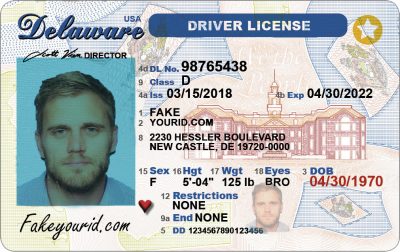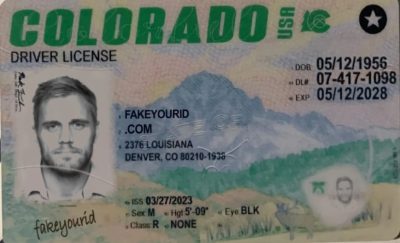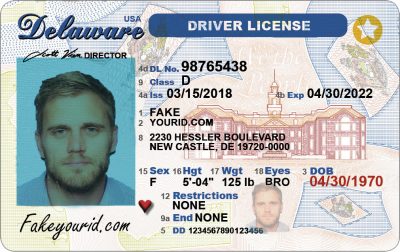Home improvement stores often have procedures in place for checking customer’s driver’s licenses. There are several reasons behind this practice, and different methods are employed to ensure the accuracy and security of the process.
Reasons for Checking Driver’s Licenses in Home Improvement Stores
One of the main reasons is for age – verification purposes. Many home improvement stores sell products such as power tools, certain chemicals, and building materials that are restricted to those of a certain age. For example, some paint thinners and other solvents may be dangerous in the hands of minors, so verifying that the customer is of legal age is crucial. Another reason is for security and fraud prevention. In cases of large – value purchases or returns, checking the driver’s license helps to ensure that the person making the transaction is the legitimate card – holder and not an imposter.
Methods of Checking Driver’s Licenses
Visual Inspection
The most basic method is a visual inspection. Store employees will look at the driver’s license to check for various security features. These features may include holograms, microprinting, and UV – reactive inks. For example, many modern driver’s licenses have a holographic image of the state seal or the license – holder’s photo that changes color and appearance when viewed from different angles. Microprinting, which is text that is so small it can only be read with a magnifying glass, is also a common security feature. If these features are not present or seem suspicious, it could be a sign of a fake license.

Employees will also check the expiration date of the license. A valid transaction usually requires a non – expired driver’s license. Additionally, they will verify that the name, address, and photo on the license match the person presenting it. This involves a close comparison of the physical appearance of the customer with the photo on the license, as well as cross – checking the personal information provided during the transaction.
Scanning the License
Many home improvement stores now use license scanners. These devices can quickly read the magnetic stripe or the barcode on the back of the driver’s license. The scanner then extracts the information from the license, such as the license number, name, address, and date of birth, and sends it to the store’s point – of – sale (POS) system or a security database. This automated process helps to speed up the transaction and also provides an additional layer of verification. Some scanners are even capable of cross – referencing the information with national or state – level databases to check for any red flags, such as a suspended or revoked license.

Manual Data Entry and Cross – Referencing
In some cases, especially if the scanner malfunctions or if the store wants to double – check the information, employees may manually enter the data from the driver’s license into the store’s system. They will then cross – reference this information with the details provided by the customer during the purchase or return process. For example, if the customer provides a phone number or email address, the store may check if it matches the contact information associated with the driver’s license address. This manual process can be time – consuming but provides a more in – depth verification.
Privacy and Security Considerations
Home improvement stores are aware of the privacy rights of their customers when it comes to driver’s license information. They are required to follow strict data protection laws. The information collected from the driver’s license, such as personal details and license number, is usually stored securely within the store’s system. Access to this information is restricted to authorized personnel only, such as managers and security staff. The stores also ensure that the data is encrypted to prevent unauthorized access or data breaches. In case of a data breach, the store is legally obligated to notify the affected customers and take steps to mitigate the damage.

Common Problems and Solutions
Problem 1: Fake Driver’s Licenses
Despite the security features, fake driver’s licenses are still a concern. Criminals are constantly finding ways to create convincing forgeries.
Solution: Store employees should be regularly trained on the latest security features of driver’s licenses. They should also be provided with tools such as magnifying glasses and UV – lights to aid in the inspection process. Additionally, stores can invest in more advanced license scanners that are better at detecting fakes by cross – referencing with reliable databases.
Problem 2: Out – of – Date Licenses
Some customers may present an expired driver’s license, which can cause issues during transactions, especially for age – restricted products.
Solution: Clearly communicate to customers at the entrance or on signage that a valid, non – expired driver’s license is required for certain transactions. During the inspection process, if an expired license is presented, inform the customer that they need to update their license and offer assistance on how to do so, such as providing information about the local Department of Motor Vehicles (DMV) office.
Problem 3: Inconsistent Information
There may be cases where the information on the driver’s license does not match the information provided by the customer, such as a different address or misspelled name.
Solution: When such inconsistencies are found, ask the customer for an explanation. It could be due to a recent move or a simple error. If the customer provides a valid reason, such as a recent address change, ask for additional proof of the new address, like a utility bill. If the inconsistency cannot be satisfactorily resolved, the store may need to decline the transaction to avoid potential fraud.
Problem 4: Scanner Malfunctions
License scanners can sometimes malfunction, which can slow down the transaction process.
Solution: Have a backup system in place, such as manual data entry. Stores should also regularly maintain and update their scanners to prevent malfunctions. Provide training to employees on how to handle scanner malfunctions, including troubleshooting steps and when to switch to manual verification.
Problem 5: Customer Resistance
Some customers may be reluctant to provide their driver’s license or may be offended by the inspection process.
Solution: Train employees on how to communicate the reasons for checking the driver’s license in a polite and professional manner. Explain that it is for the customer’s own safety and to ensure a smooth and secure transaction. Provide privacy – friendly options, such as shielding the scanner or license inspection area from other customers to make the customer feel more comfortable.
Fake ID Pricing
unit price: $109
| Order Quantity | Price Per Card |
|---|---|
| 2-3 | $89 |
| 4-9 | $69 |
| 10+ | $66 |



